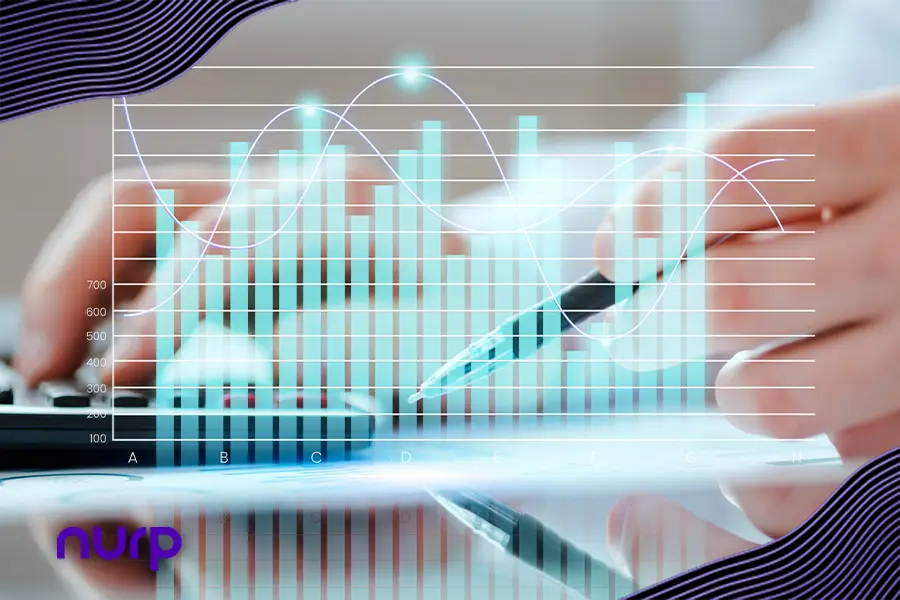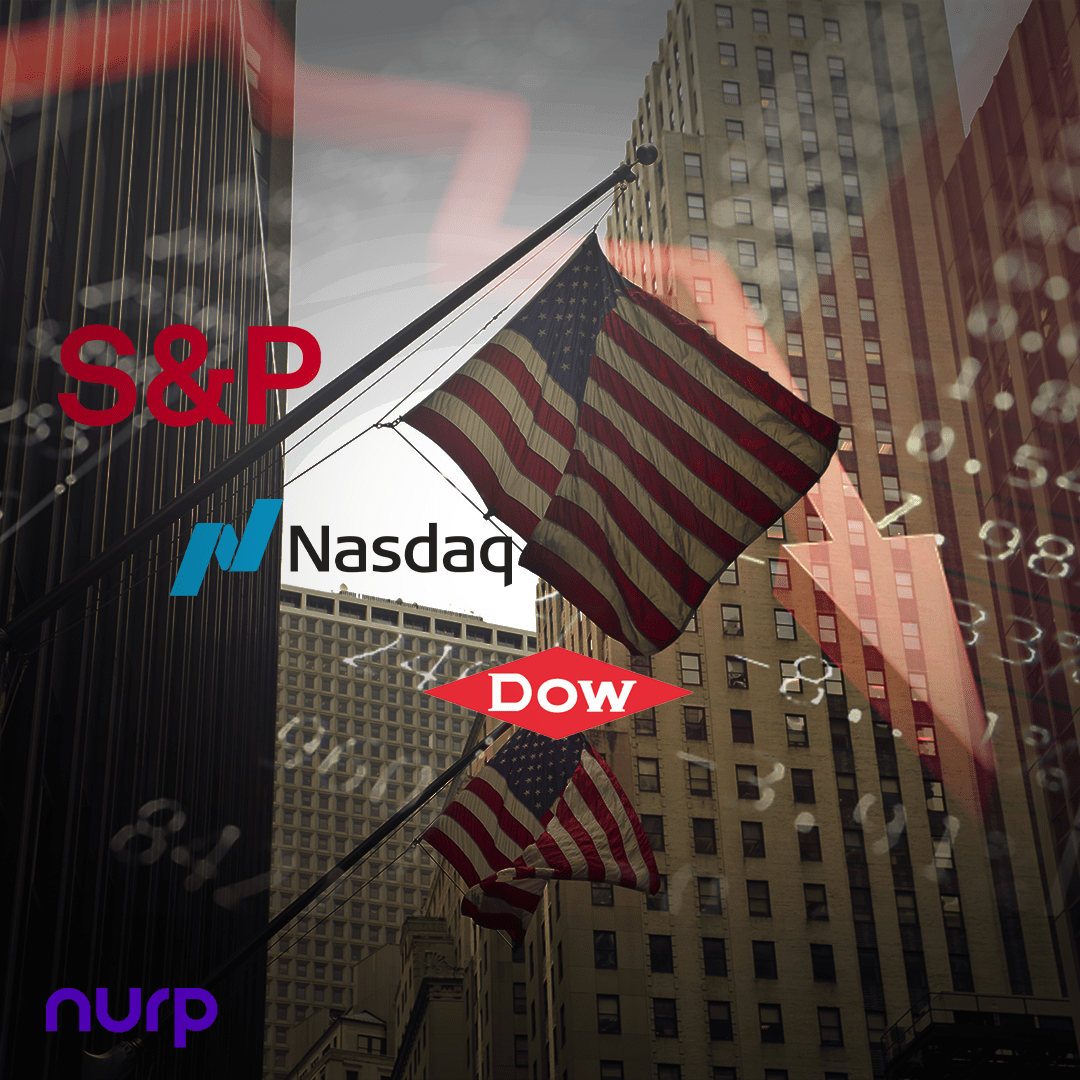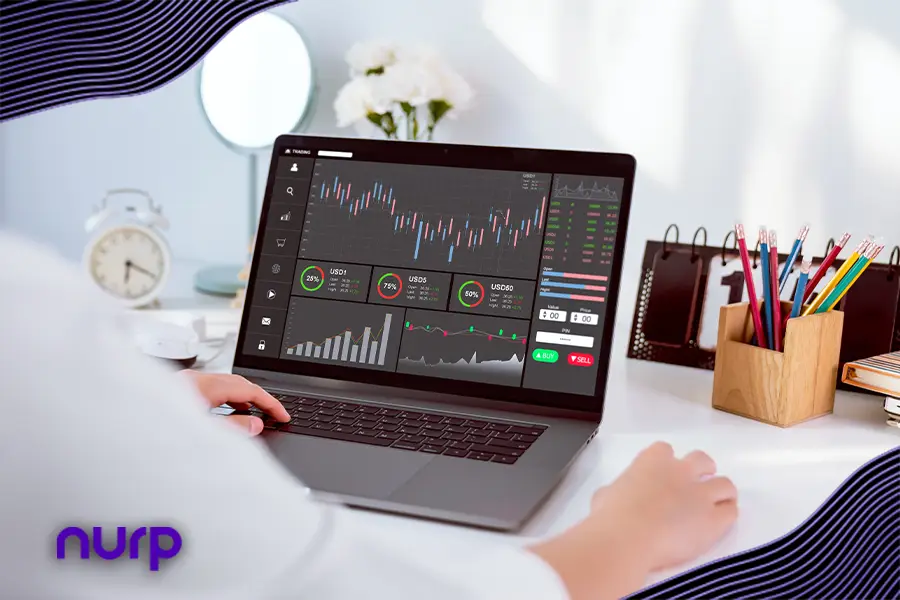Key Takeaways
Utilize algorithmic trading software to enhance efficiency, accuracy, and risk management in trend following strategies.
Stay abreast of technological advancements and regulatory developments to adapt and thrive in the evolving landscape of forex trading.
Maintain a balance between automated trading systems and manual intervention, leveraging technology as a tool to complement, not replace, critical thinking and analysis.
Introduction
To succeed in their forex trading journey, traders must stay ahead of the curve. One of the most powerful tools in a trader’s arsenal is trend following – the practice of identifying and riding market trends to maximize profits. While trend following has been a staple strategy for traders for decades, its effectiveness has been greatly enhanced by advancements in technology.
This article looks at how technology has transformed trend following and how traders identify, analyze, and capitalize on market trends. From the advent of algorithmic trading to the rise of artificial intelligence, it explores the key technological innovations shaping the future of trend following in forex trading.
It is crucial to begin with a warning that regardless of a trader’s expertise with trend following, there are no guarantees of profits. Forex trading carries inherent risks and traders should only invest money they can afford to lose.
Read More: How to Capitalize on Trend-Following Opportunities in Forex
Historical Perspective: Traditional Trend Following Methods
For decades, traders have relied on trend following techniques to navigate the complex forex market. These methods typically involved manual analysis of price charts, with traders identifying trends based on visual cues and technical indicators. While effective to a certain extent, traditional trend following methods had their limitations.
Manual trend following required traders to spend hours poring over charts and data, leaving room for human error and emotional biases to influence trading decisions. Moreover, the speed at which trends could be identified and acted upon was often limited by the human capacity for analysis.
However, the advent of computers and the digitalization of trading practices marked a turning point in the history of trend following. With the introduction of algorithmic trading in the 1980s, traders gained access to powerful computational tools that could analyze vast amounts of market data in a fraction of the time it took for manual analysis. These systems were programmed to execute trades automatically based on predefined criteria, including trend following signals generated by technical indicators.
In summary, technology democratized trend following, making it more accessible to traders of all skill levels. No longer were traders constrained by the limitations of manual analysis. Instead, with the click of a button, they could deploy sophisticated algorithms to identify and capitalize on market trends with precision and efficiency.
Evolution of Technology in Trend Following
The evolution of technology has profoundly transformed the landscape of trend following in forex trading. This section explores the key milestones and innovations that have shaped the way traders identify and capitalize on market trends.
Introduction of Algorithmic Trading
With the advent of algorithmic trading in the 1980s, traders gained access to powerful computational tools capable of analyzing vast amounts of market data at lightning speed. Algorithmic trading allowed traders to automate the execution of trades based on predefined criteria, including trend following signals generated by technical indicators.
Role of Machine Learning and Artificial Intelligence
In recent years, machine learning and artificial intelligence (AI) have revolutionized trend following by enabling traders to leverage advanced algorithms to analyze market data and identify patterns. Machine learning algorithms can adapt and learn from data, allowing traders to develop more sophisticated and adaptive trading strategies.
High-Frequency Trading (HFT)
High-frequency trading represents the cutting edge of technological innovation in trend following. HFT firms use powerful computers and algorithms to execute a large number of trades in milliseconds, capitalizing on tiny price movements in the market. While controversial, HFT has reshaped the forex market and introduced new opportunities for trend followers.
The Rise of Quantitative Trading
Quantitative trading, or quant trading, relies on mathematical models and statistical analysis to identify trading opportunities. Quantitative traders use technology to develop complex algorithms that can analyze market data and execute trades with precision. Quantitative trading has become increasingly popular among institutional investors and hedge funds seeking to gain an edge in the market.
Key Technological Tools for Trend Following
Technology is a powerful ally in trend following, providing traders with a wide array of tools and techniques to identify, analyze, and capitalize on market trends. This section looks at some of the key technological tools that have revolutionized trend following in forex trading.
Technical Indicators
Technical indicators play a central role in trend following strategies, providing traders with valuable insights into market dynamics. These indicators, such as moving averages, MACD (Moving Average Convergence Divergence), and RSI (Relative Strength Index), are used to identify trends, confirm trend reversals, and generate entry and exit signals. Traders can leverage technology to access a wide range of technical indicators and customize their trading strategies based on their preferences.
Backtesting Software
Backtesting software allows traders to evaluate the performance of their trading strategies using historical market data. By simulating trades over past market conditions, traders can assess the effectiveness of their trend following strategies and identify areas for improvement. Advanced backtesting platforms offer features such as optimization tools, Monte Carlo analysis, and walk-forward testing, enabling traders to fine-tune their strategies for optimal performance.
Data Analysis Tools
Data analysis tools play a crucial role in trend following by enabling traders to analyze vast amounts of market data and identify trends and patterns. These tools utilize advanced algorithms and machine learning techniques to process market data in real-time and extract actionable insights. From sentiment analysis tools to pattern recognition algorithms, traders have access to a wide range of data analysis tools to enhance their trend following strategies.
Trading Platforms with Built-in Trend Following Features
Many trading platforms now come equipped with built-in trend following features, allowing traders to implement trend following strategies directly within the platform. These features may include trend indicators, customizable charting tools, and automated trading capabilities. By integrating trend following features into trading platforms, technology providers empower traders to execute their strategies seamlessly and efficiently.
Read More: Understanding Investor Psychology: Insights for Smart Investing
Advantages of Technology in Trend Following
Improved Efficiency and Accuracy
One of the most significant advantages of technology in trend following is its ability to improve efficiency and accuracy in trade execution. Automated trading systems can analyze market data and execute trades at lightning speed, allowing traders to capitalize on fleeting opportunities and minimize slippage. By removing human emotions and biases from the trading process, technology ensures that trades are executed with precision and consistency.
Real-Time Data Analysis
Technology enables traders to analyze vast amounts of market data in real-time, providing them with up-to-the-minute insights into market trends and developments. Data analysis tools leverage advanced algorithms and machine learning techniques to process market data quickly and accurately, allowing traders to identify trends and patterns as they emerge. With real-time data analysis, traders can make informed trading decisions and react swiftly to changing market conditions.
Reduction of Emotional Bias
Emotions such as fear and greed can cloud judgment and lead to irrational trading decisions. By automating the trading process, technology helps reduce emotional bias and ensure that trades are executed based on predefined rules and parameters. Automated trading systems follow a disciplined approach to trading, adhering to strict risk management principles and avoiding impulsive decisions driven by emotions.
Enhanced Risk Management
Technology empowers traders to implement sophisticated risk management strategies to protect their capital and minimize losses. Automated trading systems can incorporate risk management rules, such as stop-loss orders and position sizing techniques, to mitigate downside risk and preserve capital during adverse market conditions. By integrating risk management features into their trading strategies, traders can trade with confidence and peace of mind.
Accessibility and Flexibility
Advancements in technology have made trend following more accessible and flexible than ever before. Trading platforms with built-in trend following features cater to traders of all skill levels, from novice to experienced professionals. Additionally, cloud-based trading platforms allow traders to access their accounts from anywhere in the world, providing them with the flexibility to trade on-the-go.
Challenges and Considerations
Data Privacy and Security Concerns
As traders increasingly rely on technology to analyze market data and execute trades, data privacy and security have become paramount concerns. Trading platforms and data analysis tools may store sensitive information, such as trading history and account details, raising concerns about data breaches and unauthorized access. Traders must prioritize platforms and tools with robust security measures in place to safeguard their data and protect their privacy.
Over-Reliance on Technology
While technology can enhance trading efficiency and accuracy, there is a risk of over-reliance on automated systems and algorithms. Traders may become complacent and neglect to perform manual analysis or exercise independent judgment, relying solely on technology to make trading decisions. Traders need to strike a balance between automation and manual intervention, using technology as a tool to complement their trading strategies rather than as a substitute for critical thinking and analysis.
Risk of System Failures
Despite advances in technology, there is always a risk of system failures and technical glitches that could disrupt trading operations. Automated trading systems may encounter bugs or errors that result in unintended trades or losses. Traders must have contingency plans in place to address system failures, such as backup trading systems or manual overrides, to ensure continuity of operations and mitigate potential losses.
Regulatory Compliance
The regulatory landscape surrounding algorithmic trading and automated systems is constantly evolving, with regulators implementing new rules and requirements to ensure market integrity and investor protection. Traders must stay abreast of regulatory developments and ensure that their trading practices comply with relevant regulations and guidelines. Failure to adhere to regulatory requirements could result in fines, penalties, or even legal action, underscoring the importance of regulatory compliance in automated trading.
Continuous Learning and Adaptation
Technology in trend following is continually evolving, with new tools, techniques, and algorithms emerging at a rapid pace. Traders must commit to continuous learning and adaptation to stay ahead of the curve and remain competitive in the forex market. By staying informed about the latest technological advancements and trends, traders can enhance their skills and adapt their strategies to changing market conditions.
Conclusion
From the introduction of algorithmic trading to the rise of machine learning and artificial intelligence, technology has revolutionized the way traders identify, analyze, and capitalize on market trends.
While technology has provided traders with unprecedented tools and capabilities, it also presents unique challenges. Data privacy concerns, the risk of over-reliance on technology, system failures, regulatory compliance, and the need for continuous learning are among the key challenges that traders must address to harness the full potential of technology in trend following.
Despite these challenges, the benefits of technology in trend following are undeniable. Improved efficiency and accuracy, real-time data analysis, reduction of emotional bias, enhanced risk management, and accessibility and flexibility are just some of the advantages that technology brings to trend following strategies.
As technology continues to evolve, traders must adapt and embrace innovation to stay ahead of the curve. By leveraging the latest tools, techniques, and algorithms, traders can enhance their trend following strategies and achieve greater success in the dynamic and competitive world of forex trading.
Ready to revolutionize your trading approach and unlock the full potential of trend following? Discover the power of Nurp’s trading algorithms and take your trading to new heights. Schedule a call with our experts to learn more!
The post The Role of Technology in Trend Following first appeared on Nurp.com.








